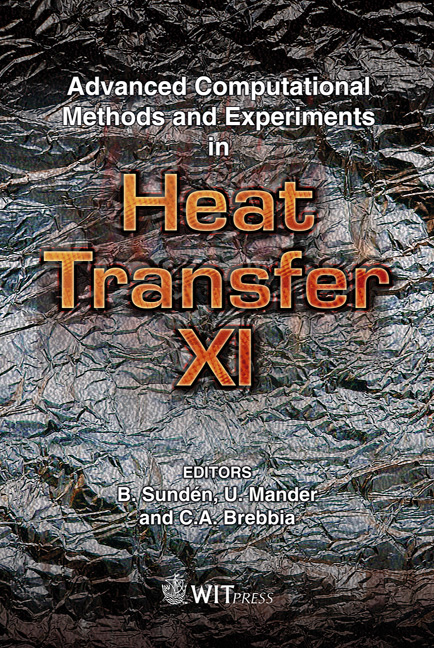Optimization Of Heat Transfer In The Finite Element Process Modelling Of Inertia Friction Welding Of SCMV And AerMet 100
Price
Free (open access)
Transaction
Volume
68
Pages
13
Page Range
253 - 265
Published
2010
Size
3,077 kb
Paper DOI
10.2495/HT100221
Copyright
WIT Press
Author(s)
M. B. Mohammed, C. J. Bennett, P. H. Shipway & T. H. Hyde
Abstract
Inertia friction welding is the process in which stored kinetic energy in a flywheel is converted to heat by relative sliding movement between the components’ surfaces. The process is widely used in joining high strength aero-engine alloys. Heat transfer interactions play a fundamental role in determining weld quality as temperature has a significant impact on the mechanical, thermal and metallurgical behaviours of materials. Heating and cooling rates influence thermal stresses induced by variations in material properties due to variations in temperatures. Heat transfer modes involved in the IFW process, apart from conduction, were hardly mentioned in previous work while their significance has not been identified. In this paper the heat transfer modes and their significance in the modelling of the IFW process of the high strength steels SCMV and AerMet 100 has been identified and a methodology by which experimental, numerical and empirical approaches were collectively utilised to optimize the heat transfer analysis is presented. The methodology was validated for optimizing the heat transfer analysis of the IFW process of the high strength steels that are the subject of this study. Keywords: inertia friction welding, SCMV emissivity, AerMet100 emissivity, convection heat transfer coefficient, interface heat transfer coefficient. 1 Nomenclature As surface area, m2 z cylinder length, m a, b constants in eqn (6) ξ emissivity
Keywords
inertia friction welding, SCMV emissivity, AerMet100 emissivity, convection heat transfer coefficient, interface heat transfer coefficient





